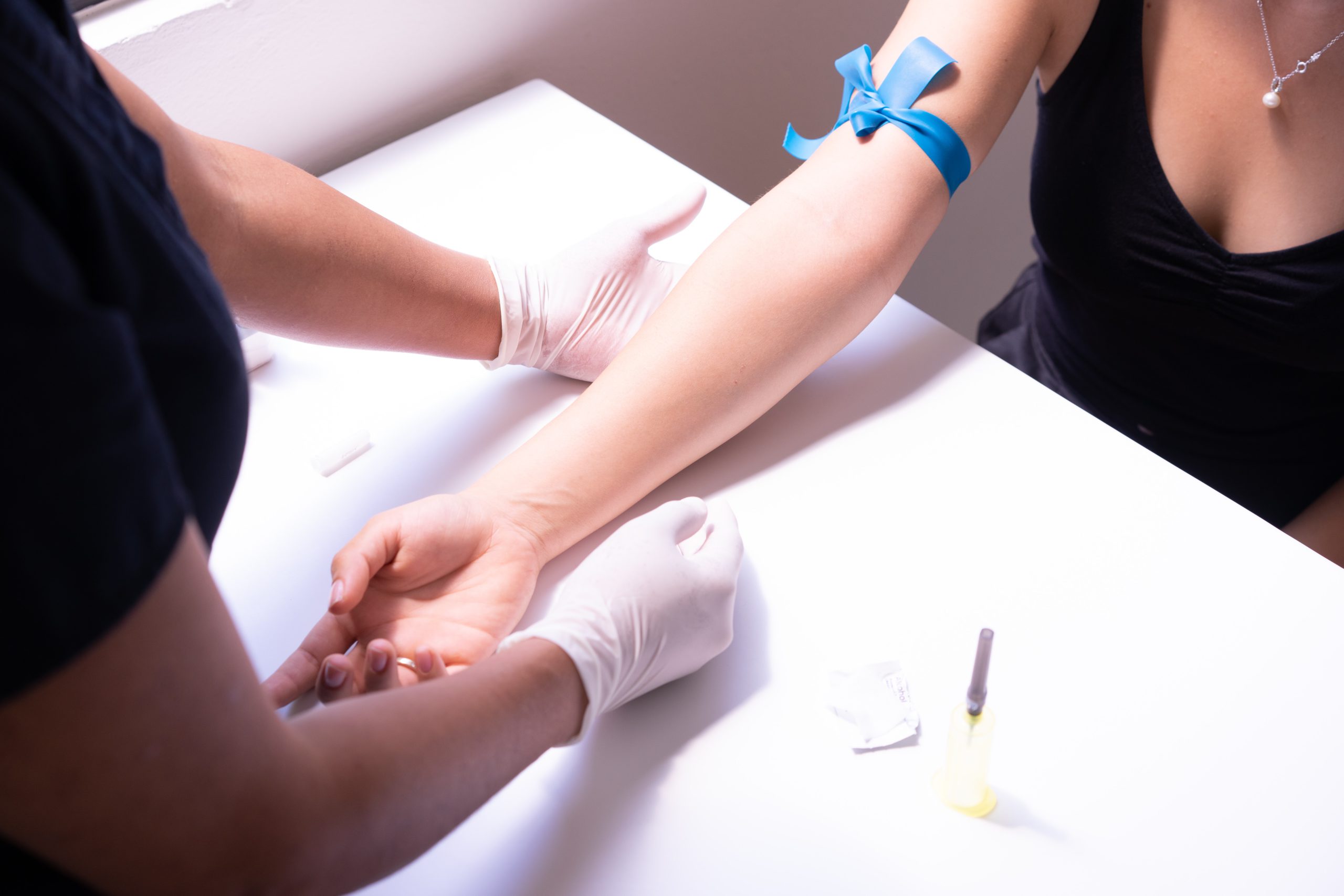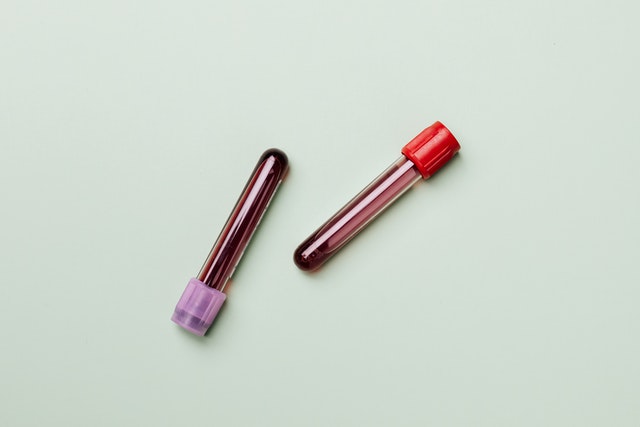
If you’ve ever had a blood test, you may have noticed that your phlebotomist follows a specific order when collecting your blood samples. This order is known as the “order of draw,” and it’s crucial for ensuring patient safety and accurate test results. In this article, we’ll take a closer look at the science behind the order of draw and why it’s essential for phlebotomists to follow it.
The Science behind the Order of Draw: How It Impacts Patient Safety
When it comes to phlebotomy, following the order of draw is critical to ensuring patient safety and accurate test results. But what is the science behind the order of draw, and why is it so important?
To put it simply, the order of draw is a sequence in which blood samples are collected during venipuncture. This sequence is designed to prevent cross-contamination between different blood collection tubes, which can lead to inaccurate test results and potential harm to the patient.
For example, if a phlebotomist collects a tube for coagulation testing before a tube for a complete blood count (CBC), residual anticoagulant from the coagulation tube can contaminate the CBC sample, leading to inaccurate results. This can have serious consequences for patient care, particularly in critical care settings where timely and accurate lab results are essential.
At mobile phlebotomy and mobile lab companies like Speedy Sticks, following the order of draw is a critical component of our operations. Our experienced and certified phlebotomists are trained to follow the established order of draw to ensure the accuracy and safety of every blood draw. Click here to book a mobile lab appointment
Understanding the Components of the Order of Draw
The order of draw is a critical aspect of phlebotomy, but what exactly are the components of this sequence? Understanding the components of the order of draw is key to ensuring accurate and reliable test results.
Generally, the order of draw follows a sequence from tubes that contain no additives to those that contain anticoagulants or other additives. This sequence typically includes:
Tubes for blood cultures: These are used to collect samples for detecting bacterial or fungal infections.
Tubes for coagulation testing: These tubes contain additives that prevent the blood from clotting, making them ideal for coagulation testing.
Serum tubes: These tubes contain a clot activator that allows the blood to clot, separating the serum from the cells. They’re commonly used for tests like lipid profiles, glucose levels, and liver function tests.
Heparin tubes: These tubes contain the anticoagulant heparin and are used for tests like electrolytes, arterial blood gases, and lactate.
EDTA tubes: These tubes contain the anticoagulant ethylenediaminetetraacetic acid (EDTA) and are used for tests like complete blood count (CBC) and blood typing.
Other additive tubes: These tubes contain other additives, such as sodium fluoride or potassium oxalate, and are used for tests like glucose and lactate.
The Importance of Maintaining Sterility During the Order of Draw
Maintaining sterility during the order of draw is critical to ensuring the accuracy and safety of blood collection. Cross-contamination during phlebotomy can lead to inaccurate test results, misdiagnosis, and potential harm to the patient.
The first step to maintaining sterility during the order of draw is to properly sanitize the puncture site before beginning the blood draw. This helps to minimize the risk of introducing bacteria into the bloodstream.
Additionally, phlebotomists must ensure that they use sterile needles, tubes, and other equipment during the blood draw process. This includes changing needles between tubes, avoiding touching the inside of tubes or needles, and using sterile gloves throughout the procedure.
How Deviating from the Order of Draw Can Affect Blood Test Results
Deviation from the order of draw during phlebotomy can have significant consequences for blood test results. Failing to follow the correct sequence can lead to contamination, inaccurate test results, and even harm to the patient.
For example, if a phlebotomist collects a tube containing an anticoagulant before a tube that doesn’t, residual anticoagulant can contaminate the second tube, leading to incorrect clotting and false test results. Similarly, if a tube containing an additive is collected after a tube that doesn’t, the additive can contaminate the subsequent tube, leading to inaccurate test results.
In addition to the potential for inaccurate results, deviating from the order of draw can also increase the risk of harm to the patient. For example, collecting blood for coagulation testing after tubes containing anticoagulants can lead to a false diagnosis of a bleeding disorder, potentially resulting in unnecessary medical interventions.
Best Practices for Following the Order of Draw in Pediatric Patients
Following the order of draw is just as crucial in pediatric phlebotomy as it is in adult phlebotomy. However, there are some additional considerations and best practices to keep in mind when working with pediatric patients.
One important consideration is the size of the needle and the amount of blood to be drawn. It’s important to use the smallest needle possible to minimize discomfort and trauma for the child, and to limit the amount of blood drawn to avoid complications like anemia.
Another consideration is the use of numbing cream or other pain relief measures. This can help to alleviate anxiety and discomfort for the child, making the blood draw process less stressful.
When following the order of draw with pediatric patients, it’s important to prioritize the most critical tests first, as children may not have enough blood to provide a full range of tests. Additionally, it’s important to communicate with the child and their caregivers throughout the process to ensure that they feel informed and involved.







